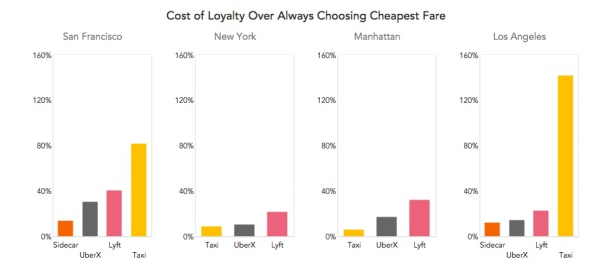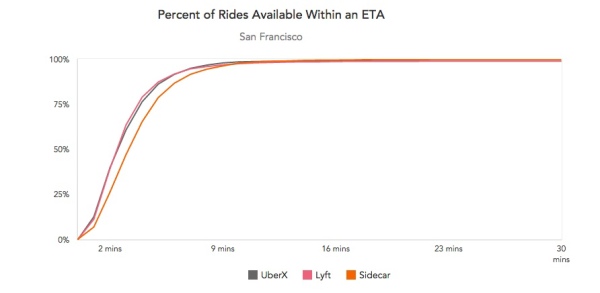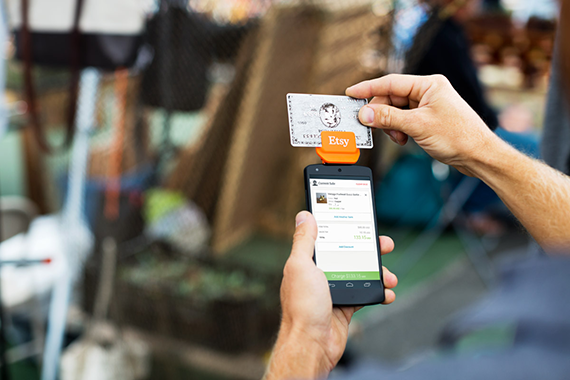First a disclosure. The Gotham Gal and I personally own a lot of Twitter stock. I am not objective. With that behind me, I am going to talk a bit about Fabric today.
One of my great disappointments during the years I was closely involved at Twitter was the failure to make Sign In With Twitter a competitive offering with Facebook and then Google. In the early days of OAuth, Twitter was an innovator and leader in this area. But we did not invest enough in the technology and partnership development, we did not supply email addresses via the service, and we did not have as many users. Over time signing into an app with Twitter has declined as an option with developers in favor of Facebook and, increasingly, Google. And it bothered me a lot. Still does.
Yesterday Twitter announced Fabric, which is a set of tools for mobile developers that is an attempt to change that. The timing could not be better. We talk to a lot of mobile developers who come into our office seeking capital and mostly getting advice. I am alway interested in where they get their logins from. Most offer sign in with Facebook but many users are choosing not to use that these days. Many offer sign in with Google and that is growing in popularity but signing in with Google works way better on Android than iOS. Signing in with email remains a popular option, way more popular than you might imagine.
That tells me that there is an opening for Twitter to get back into this game in a big way and Fabric is their attempt to do just that. The enticements to use Fabric for developers are Crashlytics, a very popular crash reporting tool that Twitter purchased, MoPub, a mobile ad exchange that Twitter purchased, and Digits, the new mobile sign on offering. Crashlytics and MoPub are both really good services for analytics and monetization, but it is Digits that got my attention yesterday.
Digits lets you sign with your phone number without providing an email or a password. According to Twitter:
So we’re excited to announce Digits – part of the Twitter Kit – which is sign-in with phone number done right. It’s built on Twitter infrastructure so you don’t have to worry about managing multiple relationships with carriers and SMS interchanges. Digits is fully themeable so that it fits the user experience you’ve designed for your app. Digits won’t post anything on your user’s behalf since it isn’t tied to their social network accounts, including Twitter. And with Digits, your apps are ready for global adoption: it’s available immediately in 216 countries and in 28 languages, on iOS, Android and the web.
Here are the big things for me in this new service:
– Won’t post anything on your user’s behalf because it isn’t tied to their social network accounts, including Twitter. This is what got Facebook’s sign in product in trouble with users. This is a big deal.
– Available in 216 countries and 28 languages, on iOS, Android, and the web. Getting anything that involves the phone system (phone numbers and SMS) working all around the world is not trivial.
– No password required. It’s a pain to remember user ids, email addresses, and passwords. That’s why signing in with Facebook and Google is such an enticing thing to a user. Signing in with your phone number is an even better option in my mind.
So I’m excited to see Twitter take another swing at providing sign on tools and identity services to developers, particularly mobile developers. I’m hoping it’s a home run for them.


